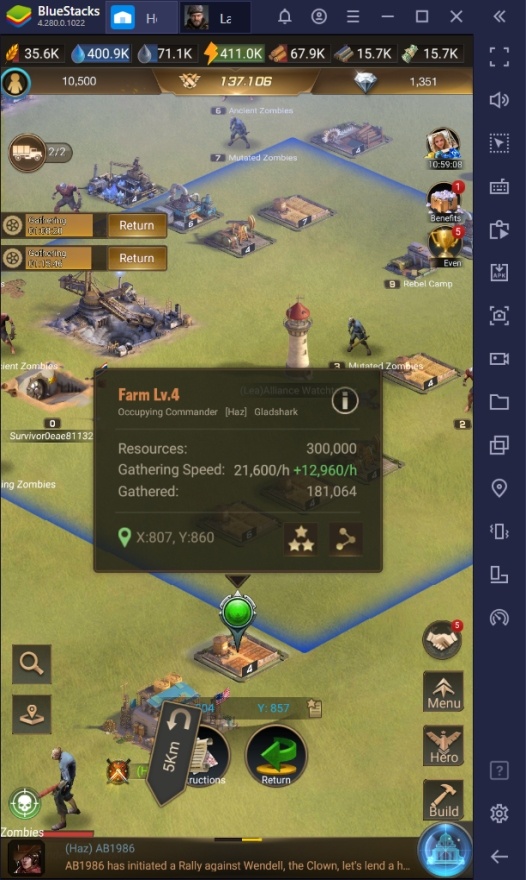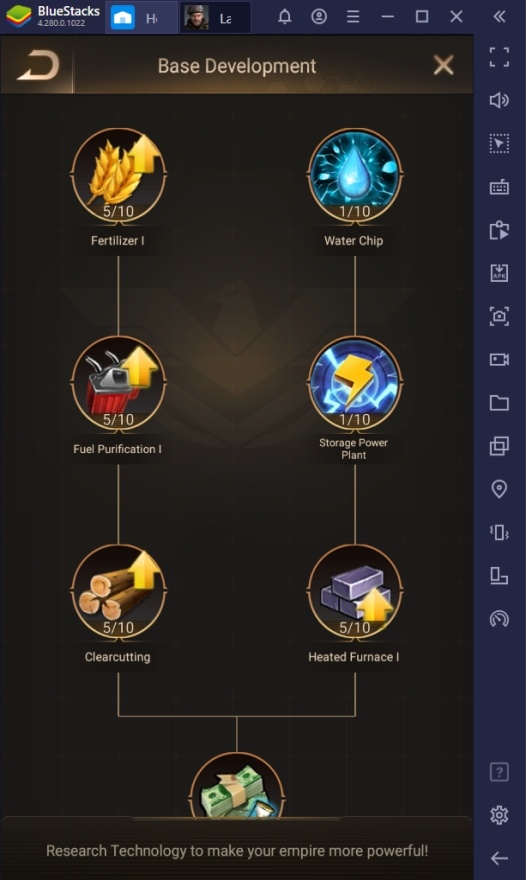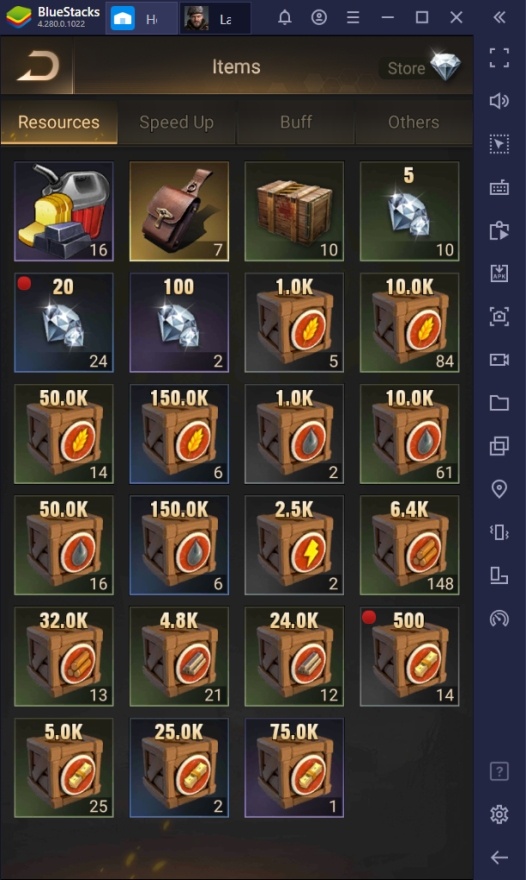BlueStacks' Guide to Economic Growth in Last Shelter: Survival

Games like Last Shelter: Survival have some advanced mechanics that require players to have in-depth knowledge of how to progress through the game properly. One of the biggest problems that Last Shelter beginners have is that they often neglect the proper way to improve their economic situation in the game. This guide will show players how to improve economic productivity so that their long-term growth will become successful enough to support them.

Resources are the fuel that makes the shelter run. In our Last Shelter Beginners’ Guide, we mentioned how important having good economic growth is in order to create a successful economic standing for the long-term. There are some things that players need to carry out once they start playing the game so that they can get ahead of their premium and veteran competition. Let’s get to some of the most important pointers that you need to learn about in this game.
The Primary Resources
There are seven primary resources in Last Shelter: Survival that players need to manage constantly. A unique thing about this game is that you can only build your production infrastructures around resource deposits found inside your base. In order to discover new resource deposits and construct new buildings, you’ll need to unlock new areas near your base. This will improve the rate at which you produce resources.

Players should know what strengths their city has when producing these resources. Assign more assets into producing resources that your shelters have difficulty making. As you progress through the game, upgrading your buildings, training soldiers, and researching new technology becomes more costly. Some of these tasks require a specific kind of resource that you’ll notice will drain quickly. Specifically, resources like cash, fuel, and lumber really get thrown out the window in the blink of an eye.
Allocating Resources
Another unique in-game feature of Last Shelter: Survival is that you need to allocate resources to some of your buildings like Power Plants and Ration Trucks which, in turn, affect the major functions of your shelter. When you run out of food and water in the ration trucks, you’ll notice your population decline rapidly, meaning you won’t be able to construct certain buildings or upgrade those that you already have because of the strict requirement.

The biggest problem with allocating resources to your buildings is that it consumes almost all of those specific resources. As you level up, the amount of resources you can allocate increases, which is both a good and bad thing. For players that don’t play actively, having more available storage means that it’s less likely that your population will starve while you’re AFK. Active players should only allocate what they can and keep refilling resources only as needed.
Gathering from the World Map
The world map is a treasure trove of resources that are just waiting to be collected by people who can rise to the challenge to do so. Military power is important in establishing your dominance on the server, which is why you should make training as many soldiers as possible one of your highest priorities. When developing your city this also benefits your economic growth. Use your military to take control of resource nodes, smaller shelters, and world zombies to collect much-needed resources.

Resource nodes are those plots around the world map that players can send their troops to Gather. This is an easy way to get resources but it can be tedious and time-consuming. Zombies also give out easy resources in a snap, but only give a specific type, so it’s not exactly reliable most of the time. The best way to collect resources using your military is to send your troops to smaller shelters and attack or raid them. This method rewards you with a huge amount of loot when you win.
Hero Influences
Heroes affect resource production greatly. In Last Shelter: Survival, players can station their heroes at specific production areas to increase the amount of resources being passively manufactured. Whenever you level up that specific hero that’s stationed at the production area, the amount that they produce also increases significantly, so it’s a good idea to invest your time and resources to get the decent production heroes.

Heroes will also be able to unlock abilities that aid in production. Some heroes allow the player to collect a specific percentage of resources instantly, though with a 22-hour cooldown. This marginally increases the rate at which you acquire necessary resources. Since there’s a limited number of heroes that can be stationed at the same time, you need to determine which resources you need most.
Production Bonuses
Aside from heroes, other aspects also increase the rate of production in your shelter. The biggest influencer that gives you bonus resources is the Institute, where players can research new technology to upgrade their resource production. Make sure to prioritize that tech first before allocating your resources anywhere else.

Players can also get bonus resources from their Alliance and through the Commercial Hub. The commercial hub drops resources every 22 hours for players to trade. Depending on which resources you need, you can choose which ones you want to exchange to maximize your profit. Upgrade the commercial hub so that the resources you collect also scale with its level.
Free Inventory Resources
The game gives you so many free resource packs that you can use when you’re a bit short to upgrade or construct a building. New players shouldn’t rely on these resources as a centerpiece to their economy since the values of these resources fall off at the later stages of the game when you reach shelter level 10 and above.

Players also shouldn’t be afraid to spend and exhaust these resources to upgrade or train soldiers. It’s better to run out of resources than to run out of things to upgrade your shelter which propels you to more advanced stages. The game makes sure to give players enough throughout the weeks that they’ll spend playing this game so there’s no need to be stingy, even when the inventory is running a bit dry on resource packs.
















